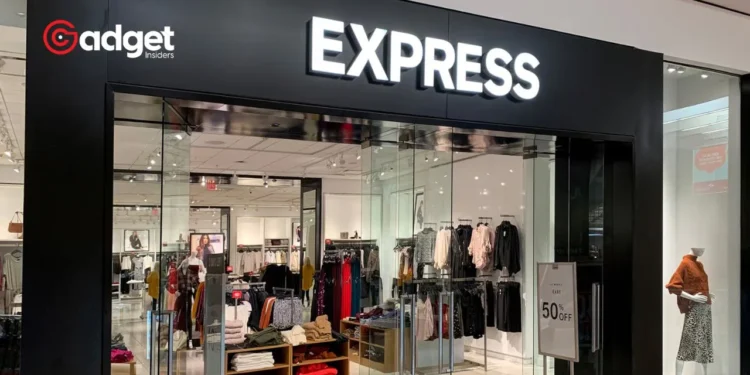In the dynamic landscape of retail, the shadows of bankruptcy loom large over traditional storefronts. Despite the omnipresent narrative blaming e-commerce giants like Amazon for the decline in brick-and-mortar stores, data from the U.S. Census Bureau suggests a different story. As of the fourth quarter of 2023, e-commerce sales represented only 15.6% of total retail sales, a figure that, while significant, highlights the continued importance of physical retail locations. This level of online sales underscores a more complex reality where digital and physical retail coexist rather than compete in isolation.
“Fourth quarter 2023 e-commerce estimate increased 7.5% (±1.2%) from the fourth quarter of 2022 while total retail sales increased 2.8% (±0.4%) in the same period. E-commerce sales in the fourth quarter of 2023 accounted for 15.6% of total sales,” the Census Bureau shared in its quarterly report.

Further dispelling the myths around the demise of physical stores, a report by Placer.ai provides insights into the actual foot traffic trends. The ‘Comeback of the Mall in 2024’ white paper shows that shopping mall visits are nearing pre-pandemic levels, with indoor malls witnessing only a slight 5.8% drop in foot traffic compared to 2019. Open-air shopping centers performed even better, suggesting a gradual recovery across different types of retail environments.
“Shopping mall foot traffic is nearing pre-pandemic levels, but not everything is the same — that’s a main takeaway from a new white paper by foot traffic analytics firm Placer.ai, titled ‘The Comeback of the Mall in 2024.’ The white paper finds that during 2023, visits at indoor malls were down 5.8% compared to 2019 — a dramatic improvement from being down more than 15% in 2021,” Placer.ai shared.
Financial Struggles of a Retail Chain: Express’s Dwindling Cash Reserves
Amid these industry-wide challenges, Express (EXPR) finds itself in a precarious financial position. Despite a slight improvement from the previous year, the company reported a net loss of $36.8 million in its fiscal third quarter. With nearly $500 million in inventory but just $34.6 million in cash and equivalents, the liquidity crisis is palpable. Recognizing the gravity of the situation, Rapid Ratings has flagged Express as a “high default risk,” advising stakeholders to begin risk mitigation strategies.

“Express has been working to cut its expenses to preserve liquidity,” Rapid Ratings said.
In response, Express has embarked on a rigorous cost-cutting initiative, aiming to save over $200 million annually by 2025. The strategy involves a comprehensive review of its business model, seeking efficiencies that could steer the company away from financial peril. Yet, despite these efforts, the threat of default looms, with Express’s stock delisted from the New York Stock Exchange and now trading on the OTC Pink Sheets, marking a significant decline in its market presence since its peak.
Navigating the Storm: Express’s Potential Chapter 11 Bankruptcy
The possibility of a Chapter 11 bankruptcy filing has been on the radar for Express, as it engages with lenders to secure funding for a restructuring plan. The company, with its extensive retail footprint encompassing both physical stores and online platforms, faces about $300 million in debt and anticipates significant losses for the year.
Mall retailer considers Chapter 11 bankruptcy as cash dwindles https://t.co/2X8UvUH0G8
— TheStreet (@TheStreet) April 14, 2024
Stewart Glendinning, the CEO who took the helm in August 2023, has been candid about the challenges ahead. The company’s sales have fallen short of expectations, pressured by a highly promotional market and the need for deeper discounts to move inventory, which has further eroded margins. Glendinning acknowledges the need for improved operational execution across the board, indicating potential store closures as part of a broader rationalization strategy.

Conclusion: A Glimpse of Hope Amid Hardship
Despite the bleak outlook, there are glimmers of hope. The resilience of mall traffic and the stability of retail sales in the broader context suggest that the retail sector, while transforming, is not in its death throes. For Express, the path forward involves a delicate balance of strategic cost management, operational efficiency, and navigating the complex creditor relationships that come with potential bankruptcy proceedings. The coming year will be critical for Express, as it strives to reposition itself in an evolving market landscape.










